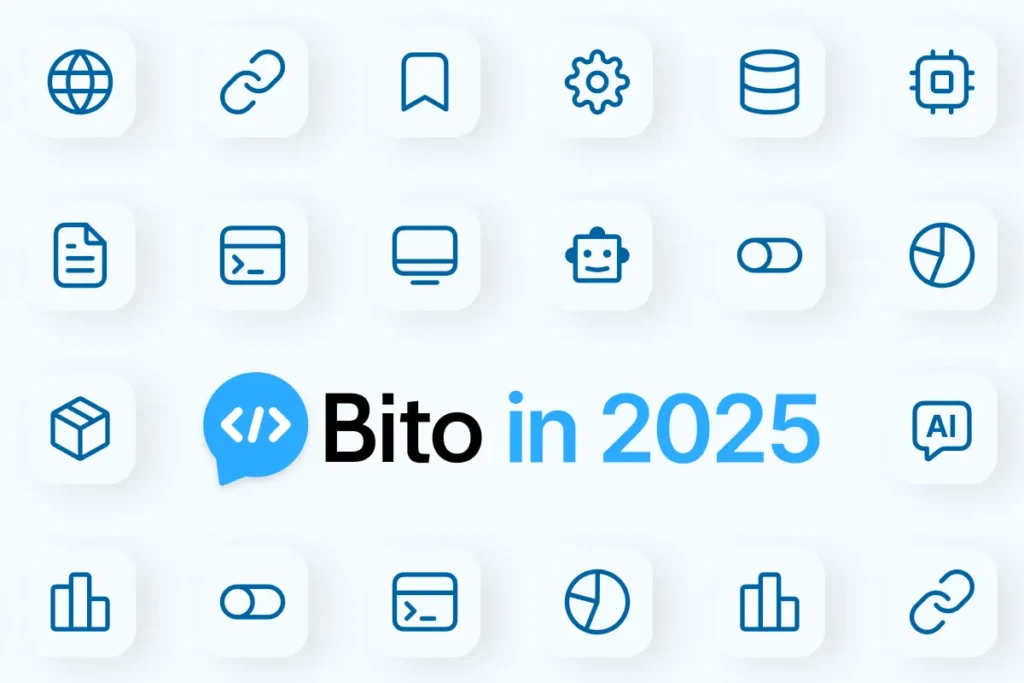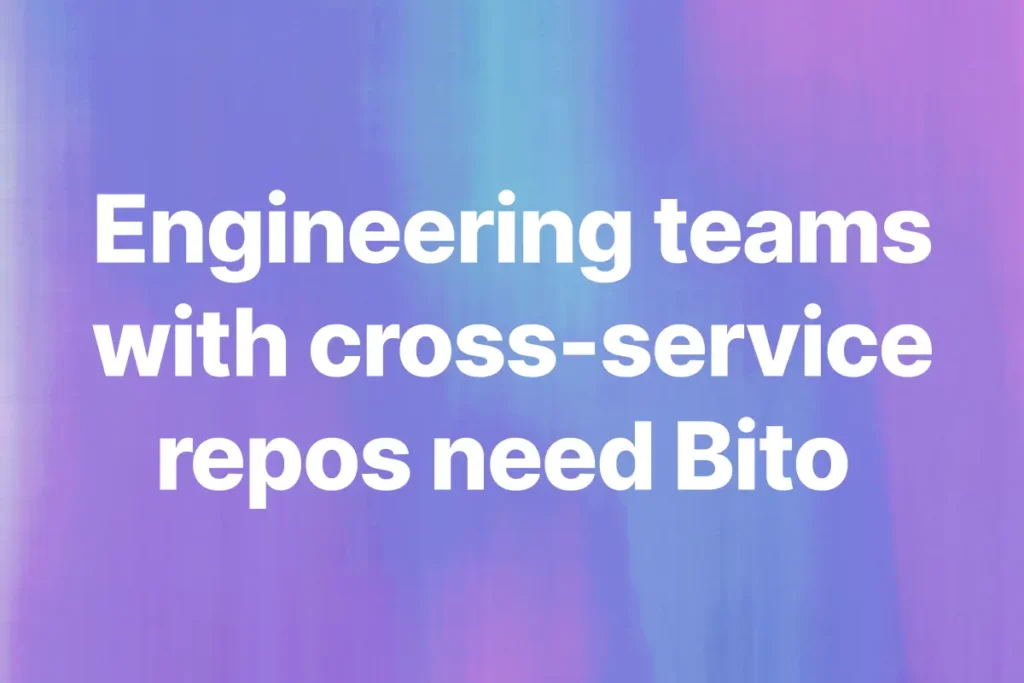Last week, I wrote a blog comparing GitHub Copilot vs Cursor AI. The next natural question is Cursor vs Windsurf, since these two AI powered code editors are among the most talked about tools in 2025.
Both aim to speed up coding, improve context awareness, and bring agent style assistance directly into your workflow.
Cursor is built on top of VS Code and is known for depth, manual control, and advanced context management across large projects.
Windsurf focuses on speed, multi repository setups, and an agentic approach that handles context and code generation automatically.
In this blog we will compare Cursor vs Windsurf across pricing, features, IDE integration, AI models, multi file editing, context handling, collaboration, and performance, so you can decide which one fits your workflow best.
Overview of each tool
Cursor
Cursor is an AI-powered code editor built on top of Visual Studio Code. It keeps the familiar VS Code interface while adding AI features like inline completions, multi-line edits, debugging help, and automated fixes.
Cursor also allows manual control of context, with support for adding files, docs, or URLs to guide the AI.
Strengths:
- Cursor feels familiar since it runs on top of VS Code and supports all VS Code extensions.
- Developers can control the AI’s context directly using embeddings and “@” references.
- It supports multiple AI models and offers privacy settings for sensitive projects.
- Features like Composer, Agent mode, and inline multi-line edits make it powerful for advanced workflows.
Weaknesses:
- The many modes and options can feel overwhelming at first.
- The pricing model is on the higher side and depends on credits.
- Some models generate inconsistent edits that require cleanup.
- Cursor can slow down when working with very large repositories.
Windsurf
Windsurf is an AI-first IDE built for automation and speed. It defaults to an agentic workflow, indexing your repo and applying AI-driven edits directly to disk. Windsurf integrates with VS Code, JetBrains, Vim, and more, and emphasizes fast performance, simple UI, and team collaboration with enterprise-grade features.
Strengths:
- Windsurf handles most of the context management automatically, which reduces setup time.
- The interface is simple and easier for beginners to get started with.
- It is optimized for performance and works well even on large projects.
- Teams benefit from enterprise features like SOC-2 compliance, centralized billing, and role-based access control.
Weaknesses:
- Developers have less control over how the AI sets and uses context.
- The tool focuses more on automation than fine-grained editing.
- Code generated by Windsurf often needs additional iteration before it is ready.
- The credit-based pricing model can feel restrictive for heavy usage.
Feature and pricing comparison
When developers compare Cursor vs Windsurf, the first place to look is pricing and features. Both AI powered IDEs bring strong capabilities, but the way they package and deliver them is different.
Here is a complete comparison table of Cursor and Windsurf in 2025:
| Category | Cursor | Windsurf |
| Pricing Plans | Hobby (Free): 2,000 completions + 50 requests per month. Pro: $20 per month with unlimited Tab completions and API credits. Teams: $40 per user per month. Ultra: $200 per month. Enterprise: Custom pricing. | Free: 25 prompt credits per month, unlimited Fast Tab. Pro: $15 per user per month with 500 credits and advanced models. Teams: $30 per user per month. Enterprise: $60 per user per month with 1,000 credits and advanced security. |
| IDE Integration | Based on VS Code, supports all VS Code extensions | Works with VS Code, JetBrains IDEs, IntelliJ, stable for multi repo and multi module setups |
| AI Models | GPT-4o, Claude Opus, Claude Sonnet, Gemini | Claude 3.5, Gemini, SWE-1 custom agentic model, support for self-hosted AI models |
| Code Completion | Inline suggestions, multi-line completions, bug fixer | Inline suggestions, multi-line generation, human-like summaries, cross repo completion |
| Agentic Mode | Composer mode for manual multi file context generation, not agentic by default | Agentic mode is default, automatically indexes code, runs commands, writes generations to disk in real time |
| Multi Repo Support | Best for single repository context, limited multi repo capability | Advanced multi repo support with hierarchical configurations |
| Collaboration | Solo developer focus, no shared prompt history, experimental multiplayer | Git aware AI suggestions, team review tools, centralized billing, RBAC, SSO |
| Extensibility | Full VS Code plugin compatibility | Full VS Code plugin compatibility plus custom tool and service integration |
| Enterprise Ready | Privacy mode, SOC 2 certified, limited admin features | Enterprise-grade with RBAC, SSO, hybrid deployment, advanced security, volume discounts |
| Performance and Speed | Smooth for small and medium projects, occasional lag in large codebases | Optimized for speed, lighter memory footprint, highly efficient for large projects |
| Context Management | Strong, supports docs, web, git branches, commits | Basic, relies on automatic agentic indexing |
| Terminal AI | Built-in terminal tools, hijacks Command+K | AI powered terminal with natural language command generation |
| Commit Messages | Auto-generated, customizable with rules | Not explicitly mentioned |
| Offline Mode | Limited | Planned |
Feature by feature comparison between Cursor and Windsurf
Pricing plans
Cursor offers a free Hobby plan with 2,000 completions and 50 requests per month. The Pro plan is $20 per month and includes unlimited Tab completions with $20 in API credits. Teams is $40 per user per month, Ultra is $200 per month, and Enterprise is custom.
This structure makes Cursor attractive for individual developers who want predictable pricing and access to advanced features.
Windsurf starts with a free plan that includes 25 prompt credits and unlimited Fast Tab completions. Pro is $15 per user per month with 500 credits and access to advanced models. Teams is $30 per user per month, and Enterprise is $60 per user per month with 1,000 credits and advanced security controls.
Windsurf’s credit model can scale more smoothly for teams, especially when combined with enterprise features like role based access control and SSO.
IDE integration
With Cursor, the best part is that it feels just like VS Code because it is built on top of it. I opened my projects and everything looked familiar.
My extensions, themes, and keyboard shortcuts all worked without any change. I didn’t need to relearn workflows or figure out new menus.
If you already spend most of your time in VS Code, Cursor fits in without any friction.
Windsurf felt different. It still connects with VS Code, but what stood out to me is that it also works with JetBrains IDEs and IntelliJ.
That flexibility matters in teams where not everyone uses the same editor. I tested it on a multi-repo setup and it handled that better than Cursor.
If your work often spans multiple services or modules, Windsurf feels more comfortable in that environment.
AI models
With Cursor, I could switch between GPT-4o, Claude Opus, Claude Sonnet, and Gemini. Each model has its own tradeoffs, so it was nice having the choice.
Sometimes I wanted faster responses, other times I needed more careful reasoning, and Cursor let me pick what fit the task.
Windsurf came with Claude 3.5, Gemini, and their own SWE-1 model that is tuned for agentic workflows. I liked that it also supports self-hosted models. That option is useful if your team wants more control over what models are used and how the data is handled.
Agentic mode
In Cursor, you get Composer mode if you want the AI to handle multi-file edits and bigger context windows. The catch is that it is not on by default. You have to set it up and tell it what files or docs to consider. It works well, but it feels more manual.
Windsurf takes the opposite approach. It starts in an agentic mode by default. The AI indexes the repo, pulls in the files it thinks are relevant, and writes changes directly to disk in real time. It feels more hands-off, like the AI is driving and you are just reviewing the results.
Multi repo support
With Cursor, I found it best for single repositories where I can guide the context myself. You can work across multiple repos, but it needs extra effort and the workflow is not as smooth.
Windsurf was built for multi-repo projects from the start. It supports hierarchical configurations and manages cross-repo dependencies without much setup.
If you are working on larger systems that span services or modules, Windsurf feels better suited.
Code completion
With Cursor, code completion feels very similar to Copilot but with more control. It handles inline suggestions, multi-line generations, and can adapt based on the context you provide.
When I gave it clear instructions or pulled in extra context, the completions were sharp and usually matched what I needed.
Windsurf also offers completions, but they are tied more closely to its agentic workflow.
Instead of just suggesting code inline, it often generates changes across files and writes them directly. It feels less about “finish this line” and more about “update the project” in one go.
Collaboration
With Cursor, the experience is mostly geared toward solo use. There is no shared workspace or synced prompt history yet. Multiplayer editing is in beta, but it is not something I would rely on for team work right now.
Windsurf felt more team-oriented. It has Git-aware suggestions, edit labels, and tools that help with reviews. On top of that, it offers centralized billing, role-based access control, and SSO, which makes it easier to roll out across a whole team.
Extensibility
Cursor supports all VS Code extensions, so you can extend functionality with the same ecosystem you already use.
Windsurf also supports VS Code extensions and adds options for integrating custom tools and services, giving teams more flexibility for specialized workflows.
Enterprise readiness
Cursor includes privacy mode and SOC 2 certification, along with some basic admin controls. It is still early stage for enterprise adoption.
Windsurf provides a full enterprise package with RBAC, SSO, hybrid deployment, private model hosting, and volume discounts. It is the stronger choice for larger teams and security sensitive organizations.
Performance and speed
With Cursor, performance was solid on small and mid-sized projects. The editor felt responsive and the AI kept up with my workflow. Once I loaded very large codebases though, I noticed some lag and heavier memory use. It is not a dealbreaker, but it is something you feel when the project size grows.
Windsurf seemed tuned for bigger projects from the start. It has a lighter memory footprint and handled large, multi-module repos more smoothly. On Linux especially, the response times were fast and consistent. That makes a difference if you are working in an environment where performance really matters.
Context management
Cursor gives you very fine control over context. You can decide what the AI sees by adding docs, web pages, branches, or specific commits. This level of manual setup takes more work, but the upside is precision.
I could shape the results to match exactly what I needed, which was useful when debugging tricky issues or testing new ideas.
Windsurf takes the opposite approach. It automatically indexes your repo and decides what context to bring in for each edit. That meant I spent less time setting things up, but also had less control.
For most day-to-day edits, the automation was convenient. When I wanted to be very specific about context though, I felt a bit limited.
Terminal AI
Cursor has some built-in terminal features. You can press Command plus K to trigger AI command generation. It works, but it comes at the cost of overriding the native clear command shortcut, which I found a little annoying.
Windsurf builds AI deeper into the terminal. I could type natural language instructions and have it generate the right commands, then run them directly. It saved time on repetitive shell work and felt like a smoother integration overall.
Commit messages
Cursor can auto generate commit messages and customize them using project rules, which saves time in everyday workflows.
Windsurf does not highlight commit messages as a core feature.
Offline mode
Cursor supports limited offline usage, but most features still require connectivity.
Windsurf has offline support planned, though not yet widely available.
Key strengths and best use cases
When you compare Cursor vs Windsurf, it is not about one being strictly better. Each tool has clear strengths depending on how you work and what your team needs.
Where Cursor is stronger
- Comprehensive AI assistant: Cursor covers a wide range of developer tasks including refactoring, code generation, debugging, bug finding, commit messages, and diffs.
- Superior context management: You can manually add documentation, git commits, and even web resources to give the AI richer context. This is valuable for large projects where precision matters.
- Advanced features: Experimental tools like auto commit messages and the bug finder make Cursor feel more like a power user’s IDE.
- Familiar setup. Since it is based on VS Code, Cursor feels natural if you already rely on the VS Code ecosystem and extensions.
- Best for: individual developers or small teams who want depth, control, and advanced customization in an AI IDE.
Read next: Best Cursor Alternatives [2025]
Where Windsurf is stronger
- Simplicity and speed. Windsurf keeps the interface clean and is optimized for performance with a lean memory footprint, especially strong on Linux.
- Agentic by default. The AI agent automatically indexes code, gathers context, and runs commands, so you do not have to manually configure it.
- Multi repo support. Windsurf handles multi repository and multi module projects with ease, making it ideal for enterprise setups.
- Team collaboration. With Git aware suggestions, centralized billing, RBAC, SSO, and enterprise security features, Windsurf is built for collaboration at scale.
- Model flexibility. Support for custom and self-hosted AI models gives teams more control over their environment.
- Best for: teams, fast moving projects, and enterprises that need reliable performance, security, and automation across multiple repositories.
In short, Cursor prioritizes depth and manual control, while Windsurf focuses on speed, automation, and team workflows.
Pairing AI coding assistants with AI code reviews
AI coding assistants like Cursor, GitHub Copilot, Windsurf are great at code completion, multi file refactoring, and automating parts of the development workflow. They help you write code faster and reduce boilerplate.
But faster code does not always mean safer code. Bugs, edge cases, and security risks still make their way into pull requests. This is where an AI code review tool like Bito becomes essential.
Bito is an AI code review tool that runs directly inside your IDE or CI pipeline. Instead of predicting your next line of code, Bito reviews the code you or your AI editor already wrote.
With Bito you get:
- Deeper AI code reviews: It looks beyond syntax, catching security issues, performance bottlenecks, and logic flaws.
- Custom rules: You can define custom rules or architectural guidelines, and Bito enforces them automatically across your team.
- Actionable suggestions: Reviews come with clear explanations and recommended fixes, so you do not just see what is wrong, you know how to resolve it.
- Privacy first: It never trains on your private code and offers enterprise-grade controls. Bito is SOC 2 Type II certified. Read more about privacy in our blog secure code review process.
So if you are using Cursor for manual context control or Windsurf for agentic automation, pairing either one with Bito adds the missing safety layer. You get the speed of AI code generation from your editor, and the confidence of AI powered reviews that keep your code production ready.
Conclusion
Cursor vs Windsurf comes down to what you value most in an AI coding assistant.
Cursor gives you manual control, advanced context management, and a familiar VS Code based environment. Windsurf focuses on speed, multi repository support, and team collaboration with agentic automation at its core.
Both tools represent the new wave of AI IDEs in 2025. To make the most of either option, pair your AI editor with a dedicated AI code review tool like Bito.
While Cursor and Windsurf accelerate how code is written, Bito ensures that the code is secure, consistent, and ready for production through deeper reviews, custom rules, and enterprise grade privacy.
We will continue to compare the top AI developer tools to help you make the right choice for your workflow.
Which AI tools do you want us to compare next?






